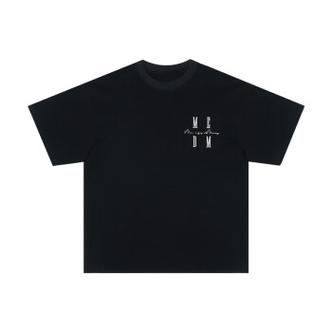Identifying the quality and type of casual clothing fabrics is a key factor when purchasing clothing. Here are some methods to help you identify the quality and type of casual clothing fabrics:
1. Touch: judge the quality by touching the fabric. High-quality casual clothing fabrics usually have a soft, smooth, and comfortable feel. Fabrics that feel good usually mean the fabric is dense and has high-quality fibers.
2. Gloss: Observe the gloss of the fabric. High-quality fabrics usually have a natural luster. Fabrics that are too dull or too bright may indicate poor quality.
3. Elasticity: Stretch the fabric and observe its resilience. High-quality stretch fabrics should have good resilience and not be easily deformed.
4. Density: Pay attention to the density of the fabric. High-quality clothing fabrics are usually denser. You can press lightly on the fabric with your fingers to see if there are any gaps. If there are not too many gaps, it means the density of the fabric is higher.
5. Linen fabric: For linen fabric, first check whether it is knitted or plain woven. Secondly, check whether the linen fabric has good breathability and moisture absorption. High-quality linen fabrics are generally more durable and comfortable.
6. Pure cotton: Pure cotton fabric should be soft, comfortable, and suitable for moisture absorption and perspiration. When checking pure cotton fabrics, pay attention to whether there are any blends with other fibers added.
7. Man-made fibers: Observe the man-made fiber fabrics for obvious hairs, ball-like fibers or looseness, which may be signs of poor quality.
8. Blended fabrics: Blended fabrics are usually made of a variety of fibers. When inspecting blends, pay attention to the proportions of fibers and the way they are blended. Blends that contain a higher percentage of natural fibers (such as cotton, wool, etc.) are generally more durable and comfortable.
Of course, when buying casual clothing, in addition to fabric quality, you also need to consider factors such as suitable style, tailoring, size, etc. to ensure the fit of the clothing. and comfort.
Please note that the above methods can only provide some common indicators for identifying fabric quality. For special fabrics and emerging fabrics, it is recommended to consult relevant information or consult professionals. Get a consultation.







